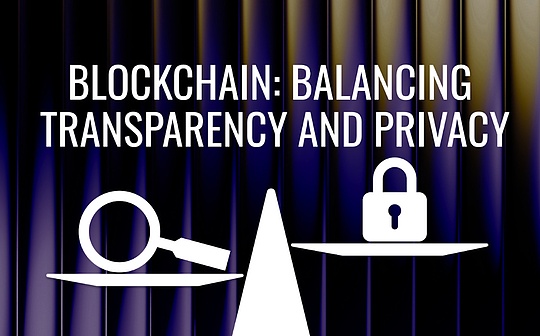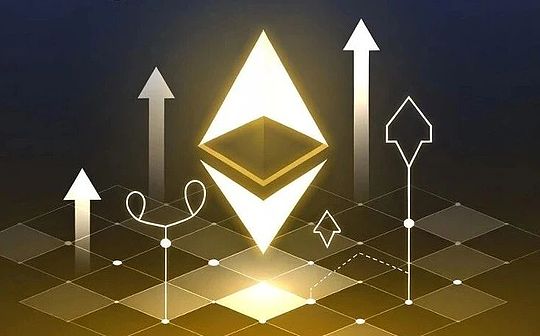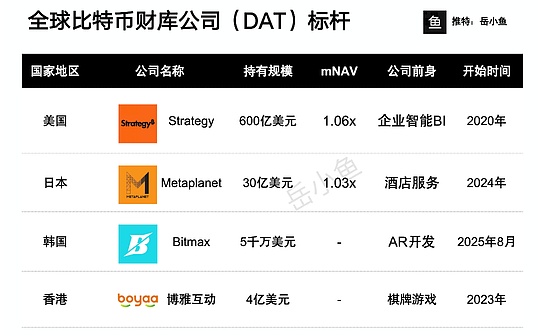
Author: Arnav Pagidyala Source: Bankless Translation: Shan Oppa, Bitchain Vision
Despite the total value of locked shares on chains reaching billions of dollars and significant progress in wallets, interoperability and blockchain performance, DeFi is still far from reaching its potential user base.By contrast, centralized exchanges (CEXs) are growing rapidly in users and assets – not because they are better, but because theyMore convenient.
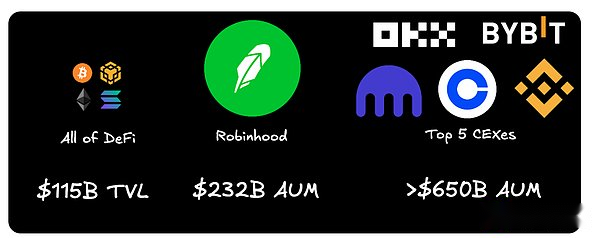
Apps such as Infinex, Defi App and Definitive have initially demonstrated what a smoother on-chain experience might look like: lower fees, smaller spreads, access to more assets and benefits.
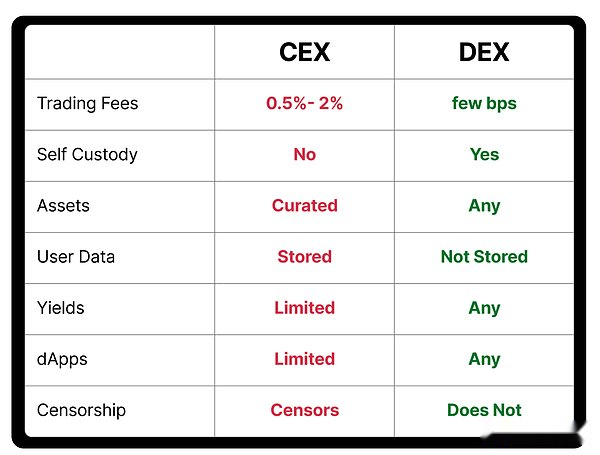
But as long as fiat currency deposit channels are still slow, expensive and error-prone, DeFi is still just a niche tool for encrypting native users.
Ordinary users can buy meme stocks on Robinhood, or trade tokens on Coinbase, and funds are available immediately without any obstacles.And if you try to do the same on the chain via MoonPay or Transak, you will face a 3-6% handling fee, a failure rate of more than 50%, and even have to wait several days to complete.
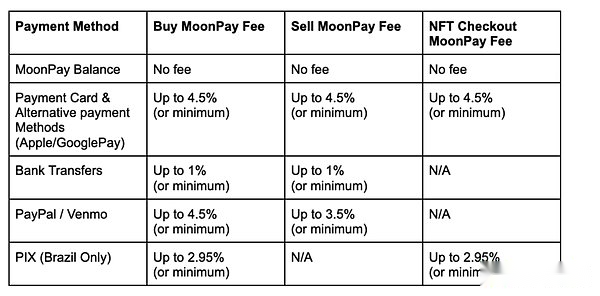
What’s worse is that if you pay with a credit card, the failure rate will be as high as80%about.
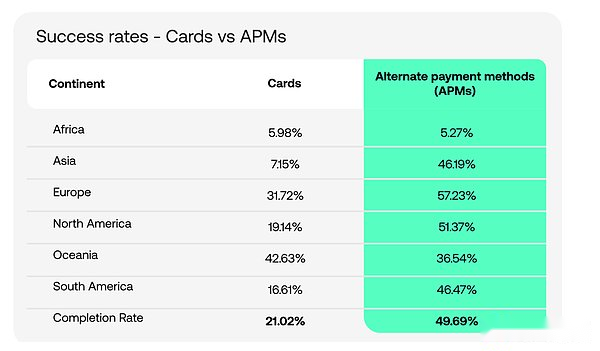
But we have also seen great potential when the deposit resistance disappears:
-
Moonshot has successfully led over the Apple Pay deposit channel without KYC1.5 millionUser link
-
Opera Minipay has been successfully imported with a KYC-free deposit system integrated with local payment methods8 millionuser
-
Other similar examples exist, but of course, the KYC mechanism is usually only applicable toTransactions less than $500
To sum up: The deposit channel is the biggest bottleneck of DeFi at present.
This article will explore: Why Web2’s deposit channels are effective, why deposits in the crypto world are still in their original stages, and how the new generation of integrated DeFi applications can open up this final closed loop.
Web2 fiat currency deposit mechanism
If you have ever tried to open an account and deposit on Robinhood, Coinbase, or any new online bank, you will almost certainly experience the silky and smooth ACH (automatic clearing center transfer) or debit card deposit process.
Deposit User Experience (UX) can be broken down into three core elements:Processing fee, deposit failure rate, speed.The deposits of most CEXs are almost free, with extremely low failure rates. The funds can be instantly received and traded, providing an almost perfect user experience overall.In addition, fintech companies and CEX are actively carrying out deposit incentive activities to encourage users to recharge as much as possible. CEX has actually occupied a monopoly position in the deposit entrance, “eliminating” other competitors “prices”.
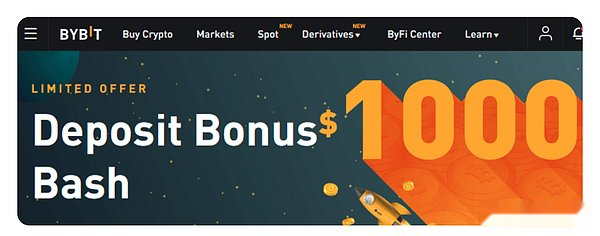


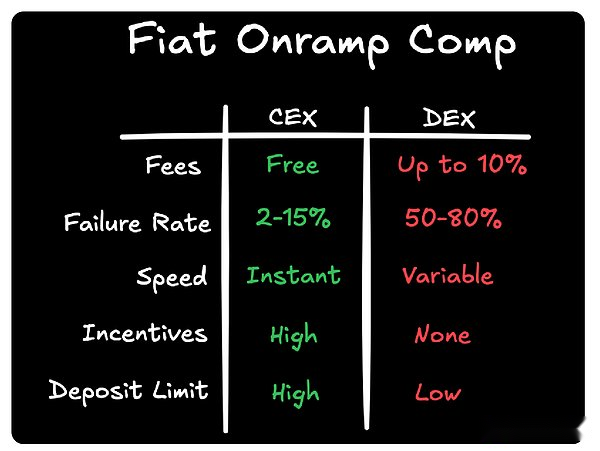
Why can traditional deposit channels be so well done?
In short, CEX is willing toFranchise currency deposits are used as loss-taking tools, thereby optimizing user conversion.
CEX actively subsidizes all related costs such as credit card handling fees, risk costs, compliance review (KYC), liquidity reserves, exchange rate exchange, etc. Therefore, when the user recharges $100, the platform will still let $100 be displayed in your account.Meanwhile, CEX lowers the failure rate and allows funds to be used for transactions by taking on higher risks and actively subsidizing deposit processes.
Looking more in-depth:
When users use mainstream payment methods to deposit,There is actually a “revocable” time window for funds.For example, transfer money through ACH,Can be cancelled within 60 days.But after you transferred in with ACH on Coinbase, the platform immediately allowed you to buy BONK, right?
Behind this is exactly where CEX’s “magic” lies.CEX does not allow you to transfer funds from the platform before ACH clears.For example, what if you buy BONK and the price plummets by 50%, and then you initiate a debit card to refuse payment?
In order to let you trade in advance, CEX will use a series of risk hedging strategies to control exposure, such as:
-
Use internal risk control pool to hedge user positions
-
User positions are matched and offset
-
Use statistical models to predict ACH failure rate and dynamic hedge
Through these means, the exchange can also allow you to trade without liquidation of funds, while ensuring that assets can be frozen or recovered in case of fraud.
Of course, this strategy is not foolproof.For unpopular pairs or high-risk options (such as 0DTE options), hedging and risk management can be more difficult.But for CEX, it’s worth it – because they can make several times more profitable than losses in the subsequent profit by cross-selling high-profit products (such as perpetual contracts, options, leverage, etc.).
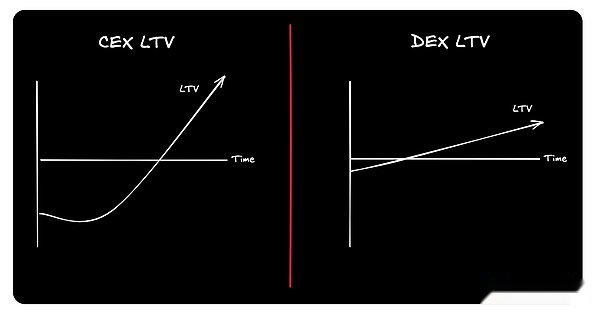
And when the deposit occurs on the chain, the situation is completely different.
The nature of an unmanaged wallet meansUsers can transfer funds immediately, once funds are withdrawn (such as ACH refund or credit card refusal), the platformNo means of recovery.
This is the fundamental reason why service providers like Transak and MoonPay charge high fees, slow arrivals and high failure rates.They must control risks with extreme conservatism—priority to prevent losses, because they cannot freeze assets, hedge risks, and do not achieve losses through other products like CEX.
Understand the economic model of centralized exchanges (CEX)
A centralized exchange will introduce a new group of users through multiple user acquisition channels.Most of these users are “high-quality users” and will continue to use various products on the platform to bring profits to CEX.But there will also be some “bad users”. They may initiate a refusal to pay for fiat deposits through fraudulent means, or register just to receive deposit incentives, and they will no longer be active after completing the first operation, resulting in losses on the platform.
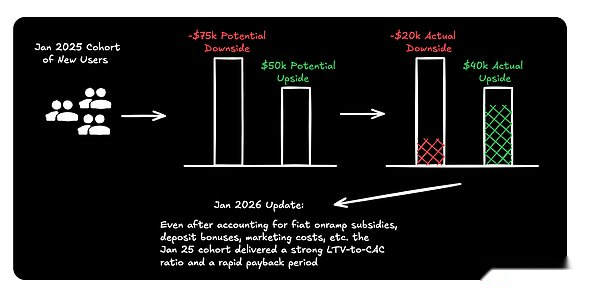
Each batch of new users is composed of the above types of users.The task of CEX is toMaximize activation and service of valuable users,at the same timeRisks and losses caused by invalid or malicious users.
With the addition of each batch of new users, CEX’s data advantages continue to accumulate.They constantly optimize their models to minimize risks and maximize returns.Think about the amount of data Coinbase has accumulated since 2013 — from anti-money laundering (AML) to fraud detection to in-depth user behavior insights — which gives them a significant lead.
In summary, CEX’s operating strategy is to find a balance between “relaxing risk parameters to drive revenue growth” and “tightening risk control to avoid negative expectations user base”.The profitability of the top CEXs is extremely strong, making them more willing to take risks and tend to aggressively pursue revenue growth.
Endgame concept
The competitive advantage of DeFi lies in its structural low cost, giving it the potential to catch up with centralized exchanges in some ways.You should know that CEX spends tens of millions or even hundreds of millions of dollars a year in terms of employees, compliance, laws, etc.; while small team DeFi protocols such as Hyperliquid, Pump and Axiom can achieve hundreds of millions of dollars in profits with just a team of less than 20 people.
The key breakthrough point in the next stage will be that these profitable DeFi protocols will invest part of their revenue in top-of-funnel, so as to achieve equality with CEX in terms of marketing, brand credibility, etc.And the core behind this is still the ease of use of the product.
Let’s take a look at a simple example: A Brazilian user wants to deposit money on xDEX via a debit card:
The user initiates a deposit using a debit card → onramp service provider sends USDC to the user’s DEX wallet → smart contract verifies the deposit → smart contract rewards a certain proportion of the deposit TVL to the service provider (for example, for each deposit of $100, reward $5)
For users, this greatly reduces the deposit failure rate, makes funds tradable instantly and reduces fees to zero.In essence, this is to reach the same level as CEX in deposit experience.
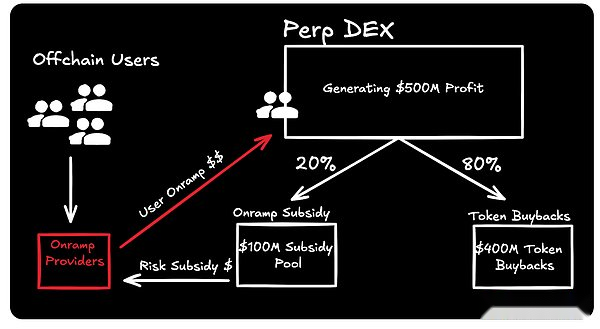
If an agreement pays a 5% subsidy for every $100 TVL deposit, and it can earn more than 5% annually on those TVLs, then this subsidy is worth it.Our internal model shows that synthetic assets or perpetual contract type DEXs often generate annualized returns on onramp funds more than 20%.
At the end of the day,Onramp subsidies are key to extending DeFi beyond crypto-native.The introduction of “productive” TVL is far more valuable than a simple token repurchase: it brings continuous revenue growth and ultimately drives the long-term value of the token.This is the real path to drive on-chain price discovery.

